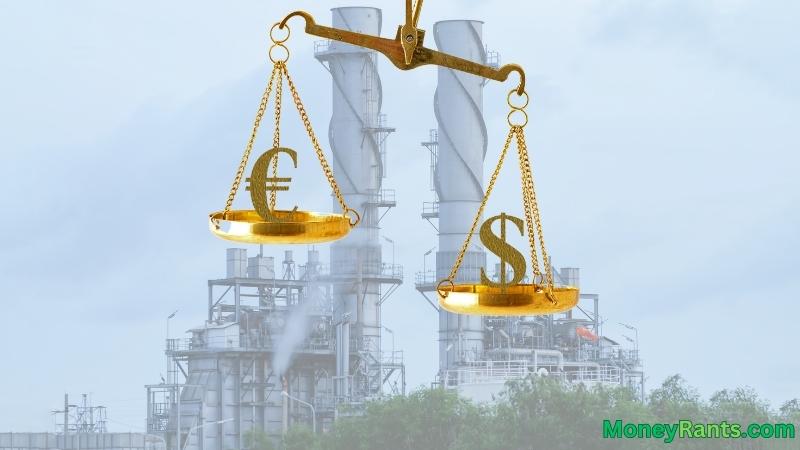- The Fed has hiked borrowing costs by 25 basis points to 5.5%, thereby enforcing a tight monetary policy that’s nudging us towards core inflation levels. Fed Chair Jerome Powell has made it clear that from this point on, empirical data will guide the timing of central bank decisions.
- The ECB, in line with predictions, has raised its rates to 4.25%, backing the Fed’s statement from the day before. It’s not yet time for a reversal in policy, and there are no visible rate cuts for 2023.
- Given the ECB’s conservative stance on interest rates, the EurUsd struggles to stay above the crucial level of 1.10.
A Scenario Unseen Since 2001
The Fed has pushed interest rates to their highest point since 2001 with a unanimous vote to increase them by 25 basis points. Powell will be using key indicators such as inflation and employment rates to assess potential increments in borrowing costs, which are currently not causing any major disruptions in the financial markets. With Wall Street on the rise, credit spreads narrowing, and the dollar softening, it’s a dynamic landscape. Powell further emphasized that interest rates will remain elevated for some time, given the excessively high core inflation (expected to fall below 2% only by 2025), which warrants a tight monetary policy.
With the threat of a 2023 recession off the table, the S&P500 has embraced these growth prospects, while the dollar, after consolidating for a few sessions, is starting to slide again. Although the dollar’s decline has met with firm resistance, it doesn’t appear that the process of adjustment is quite over yet. On the other hand, the European economy continues to decelerate, with the July PMI data reflecting a drop to 42.7 in manufacturing and 51.1 in services. The overall data shows a dip of one full point, influenced mainly by Germany’s struggle to revive its economy. However, the measures adopted by the ECB don’t seem to fit the bill. The ECB will persist with a rate increase, although it’s still uncertain whether this will be the final one or not. As per ECB President Christine Lagarde’s unexpectedly dovish statements post the recently announced tightening of rates, the markets seem to be leaning towards a halt in rate hikes. Post the ECB announcement, the euro regained some momentum, but the rally was short-lived. Meanwhile, the ‘real effective exchange rate’ of the euro (based on actual trade) has reached its highest point since 2009.
No Recession, No Strong Dollar
The EurUsd is fluctuating, but without a clear direction. The euro gained strength post the Fed meeting, while the dollar rallied after the ECB meeting, resulting in the EurUsd hovering around 1.10. From a technical perspective, the short-term trend appears to be corrective, but a medium-term bull market is possible, with the 1.127 mark acting as a turning point for an upward push to 1.20 or a tapering off of this positive phase for the euro. Differences in growth and real rates will be crucial in the coming months. Meanwhile, the 1.08 mark should be watched as a potential entry point on EurUsd if there’s further pullback.

While gas prices may no longer be the talk of the town, they continue to influence EurUsd. As the chart shows, the red line (EurUsd on an inverse scale) moves in tandem with the black line (the Amsterdam-quoted gas price). When gas prices rise, EurUsd weakens, and when they fall, as has been the case in recent months, the euro regains strength. Unless natural gas remains at its current low levels, a major comeback for the dollar isn’t expected. It will be vital to keep an eye on the exchange rate’s resistance and support levels, as breaching these levels could align with significant changes in gas prices, potentially influencing future inflation.



Leave a Reply
You must be logged in to post a comment.